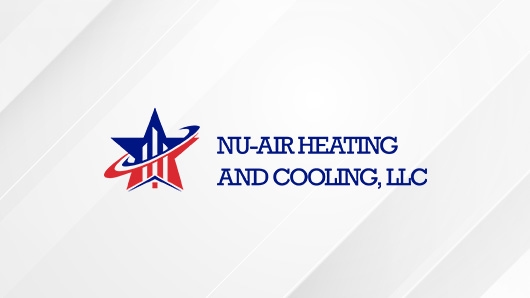As long as humanity has had fire, we’ve used it to keep ourselves and our homes warm. However, fire has always carried an extra added risk beyond the possibility of simply burning a place down: fire generates exhaust, which is a concoction of gasses which could potentially be harmful. Perhaps the most harmful among those gasses is carbon monoxide. Unlike carbon dioxide which is a fairly normal part of our atmosphere, carbon monoxide is fatal in high quantities, making it extremely dangerous.
As our fires have evolved into furnaces, the risk of carbon monoxide hasn’t gone away. However, what has changed is that we now understand what carbon monoxide is, what it does, and what needs to be done in order to contain it. So while our furnaces may still create this gas, modern technology has made containing it and eliminating it safer and more convenient than ever before.
How Carbon Monoxide Is Created
Carbon monoxide is a natural byproduct of combustion, a process where matter (fuel) is converted into heat (energy). While only a small amount of carbon monoxide is produced at a time, this small amount can build quickly, and the percentage of the gas in the air can increase significantly faster in small spaces. If your furnace experiences a problem, small homes, apartments, and condos will generally reach dangerous levels of carbon monoxide concentration much faster than larger homes or businesses.
How to Safely Eliminate Carbon Monoxide
The easiest way to manage a carbon monoxide problem is to simply vent it out into the atmosphere, where it can’t stay in your home. Carbon monoxide naturally reacts with oxygen in the atmosphere, creating carbon dioxide, which is an extremely common, harmless gas which plants convert back into oxygen. But the trick to doing this effectively is to make sure that there’s no way the carbon monoxide from your system can escape or leak into your home.
This is why we have exhaust systems on our furnaces. Exhaust systems generally vent through a small chimney pipe located in your roof. So long as your exhaust line is in good condition, leak-free, and connected properly to the exhaust port in your furnace, your furnace will be able to create all of the heat you need without the risk of carbon monoxide poisoning the atmosphere in your home.
However, exhaust systems don’t always stay completely leak-free and sealed. Shifting or settling can happen as homes age over time. A heavy impact could cause your furnace to move or shift in place, creating a microscopic leak in your exhaust system. Likewise, aging, corrosion, and wear and tear can all create leaks in your exhaust system, which could all allow small amounts of carbon monoxide to proliferate into the air in your home.
In-Home Carbon Monoxide Safety
Let us take a moment to clarify something for you: your furnace is not dangerous to use in your home, nor should you hesitate to turn it on when the weather outside starts to get too cold. However, it is important to make sure your furnace is working properly and leak free. The best way to do so is through an annual furnace maintenance service, which includes a thorough inspection of your exhaust system as well as minor repairs for any areas which may need a little bit of extra sealing.
The next best thing you can do is to make sure your home is equipped with carbon monoxide detectors. Specifically, you’ll want at least one detector located within five to ten feet of your furnace itself. This will help alert you to the presence of any carbon monoxide leaks well before levels become dangerous or fatal. If this detector goes off, shut off your furnace immediately, open a window to allow fresh air to circulate throughout your home, and then leave your home for the time being. Once you’re safely outside and your home is airing out, call a professional who can inspect your furnace and locate the source of your carbon monoxide leak so you can get it fixed right away.
Schedule your furnace repair or inspection service by calling Nu-Air Heating & Cooling, LLC at (985) 288-2445 today.

